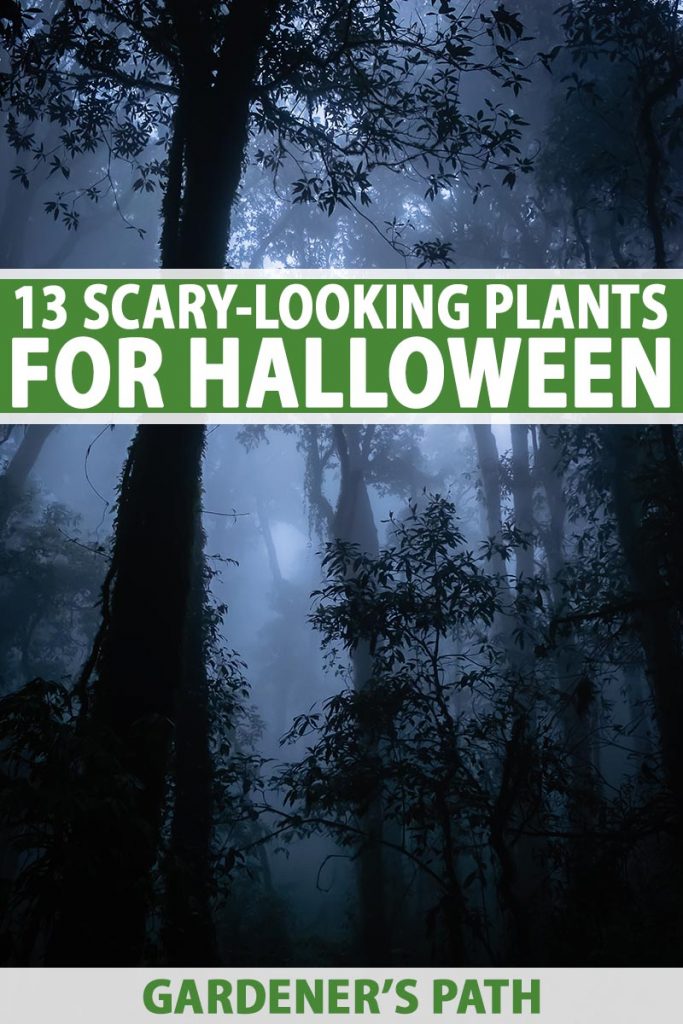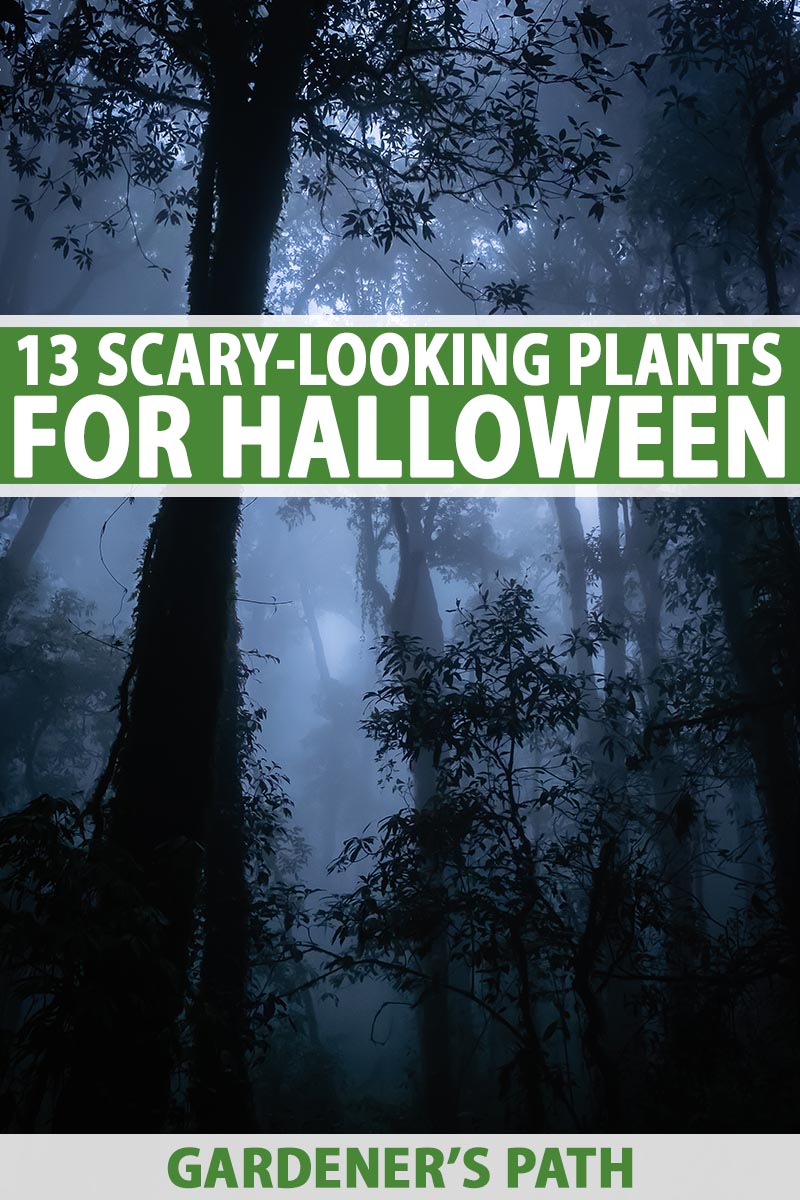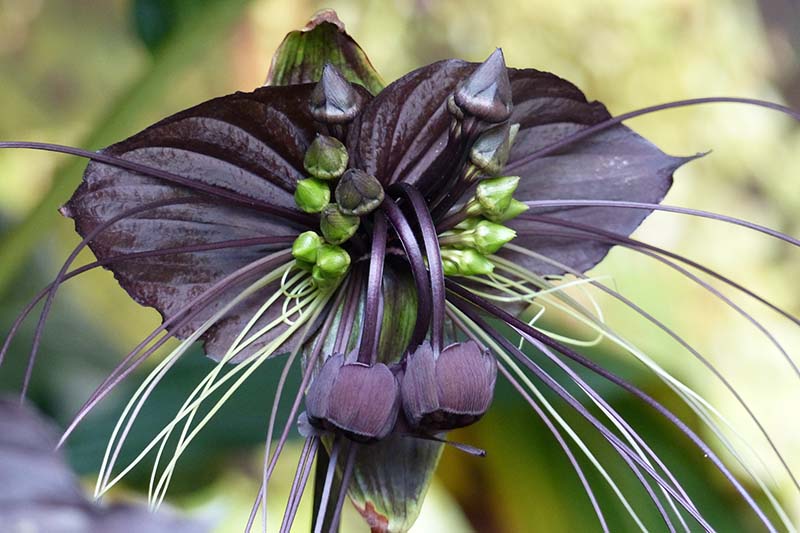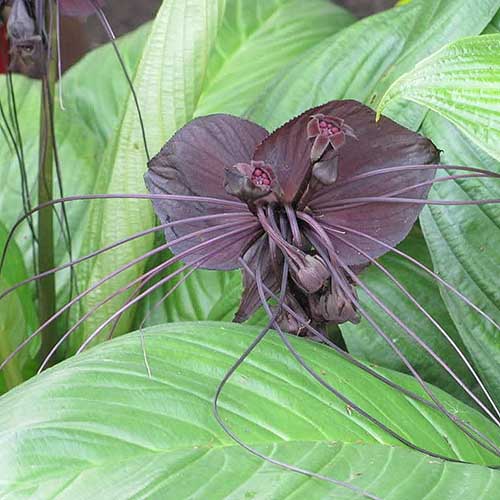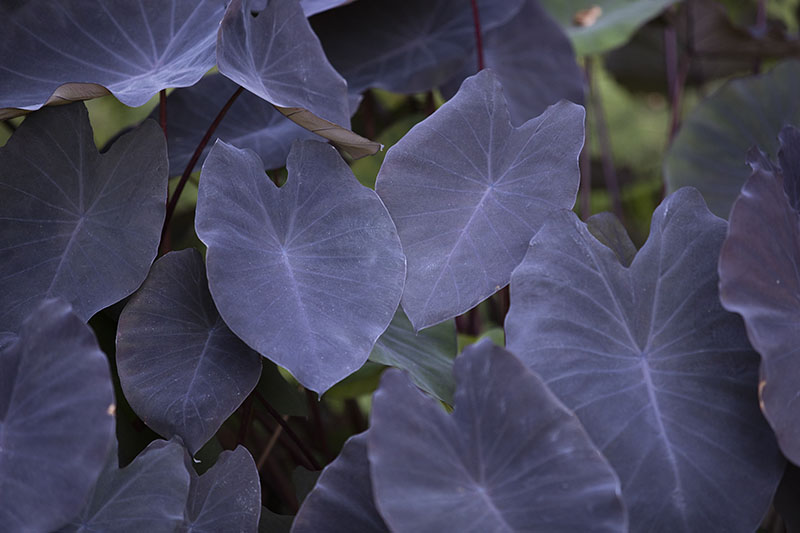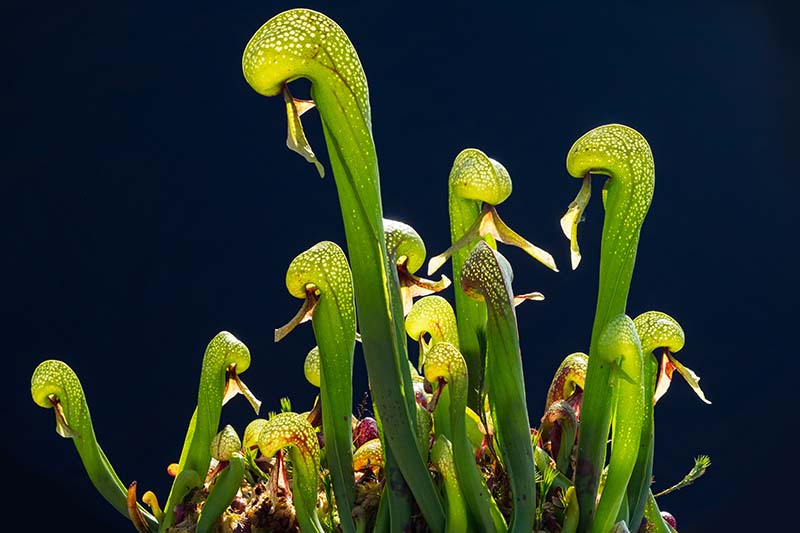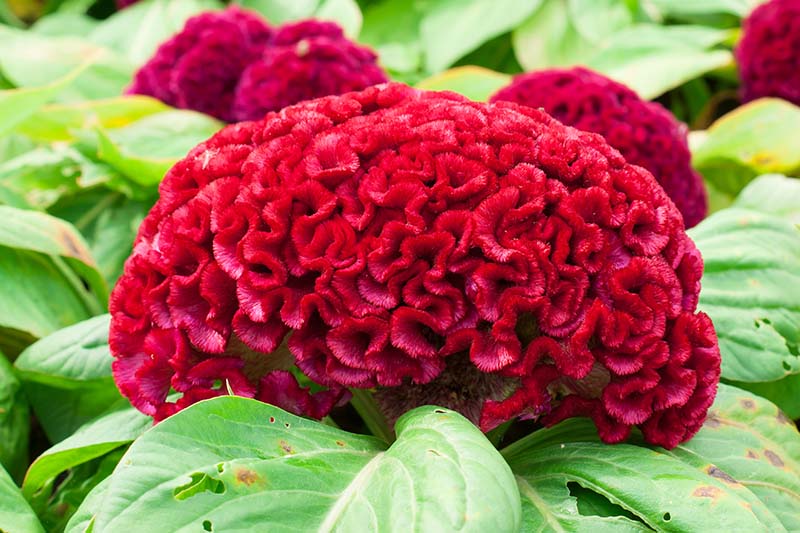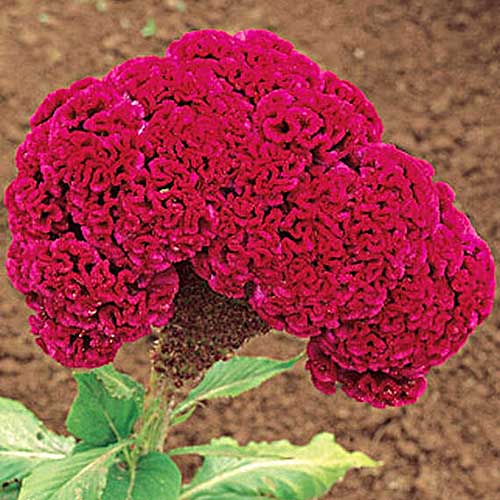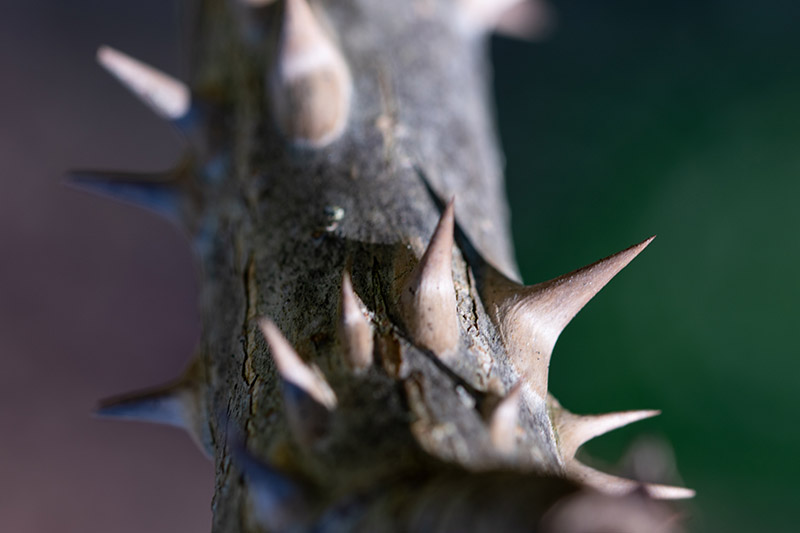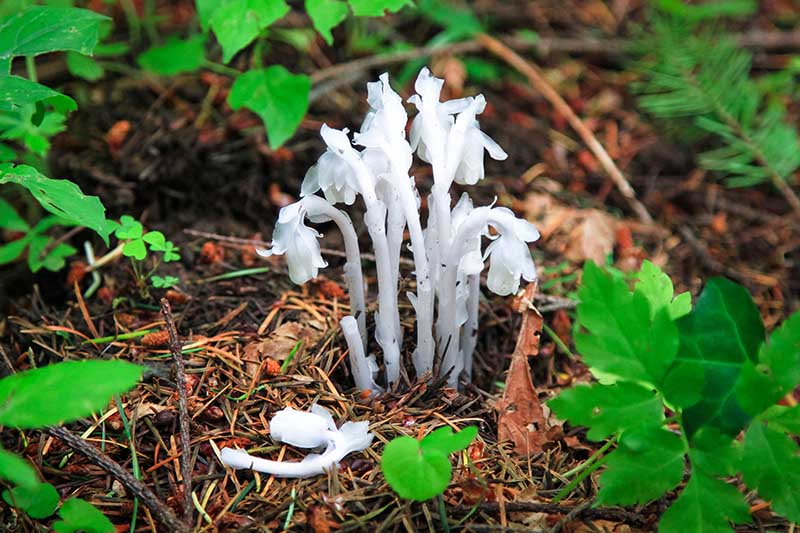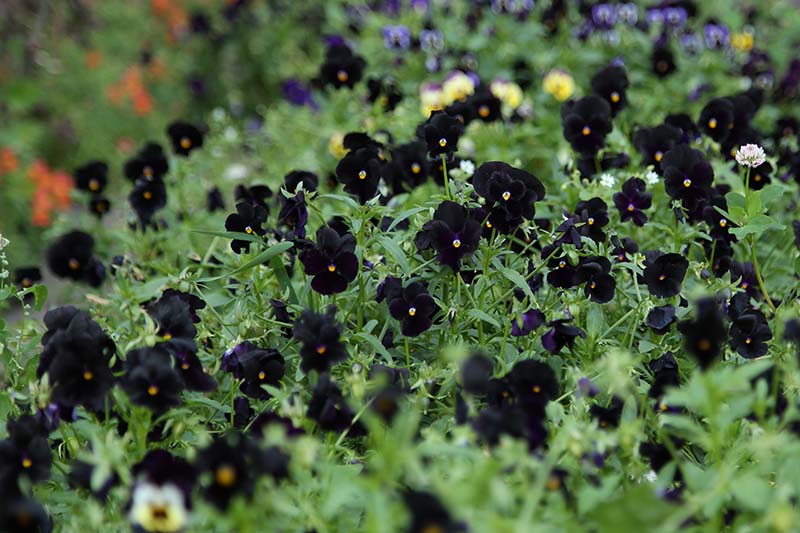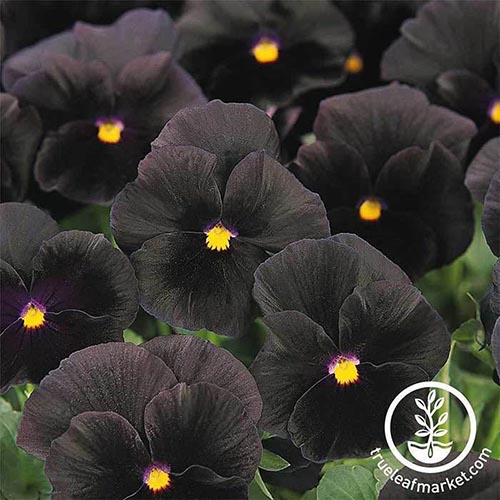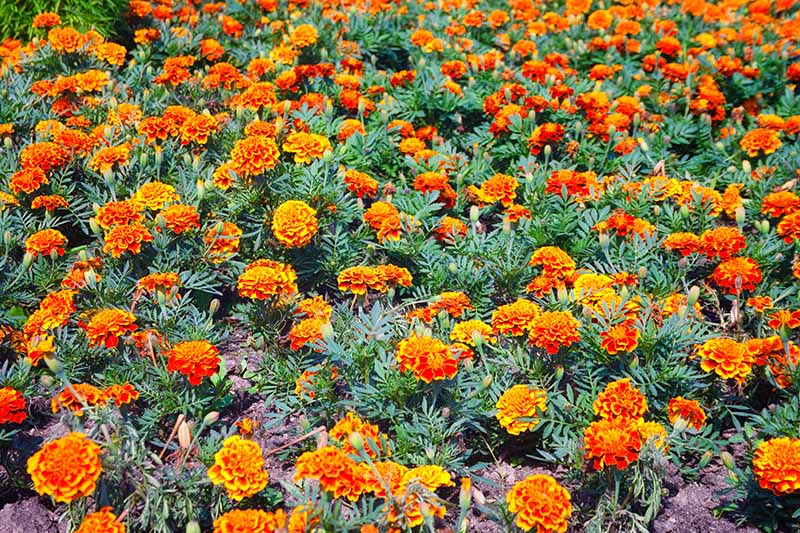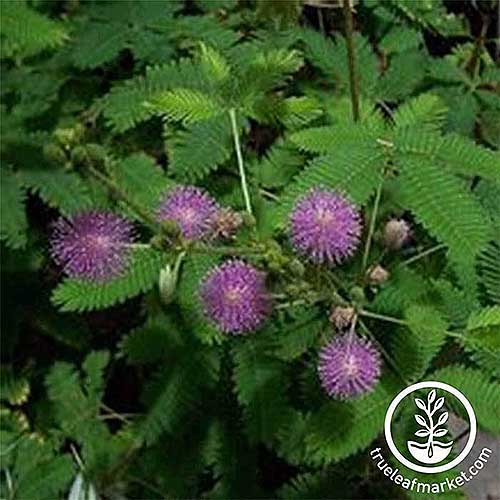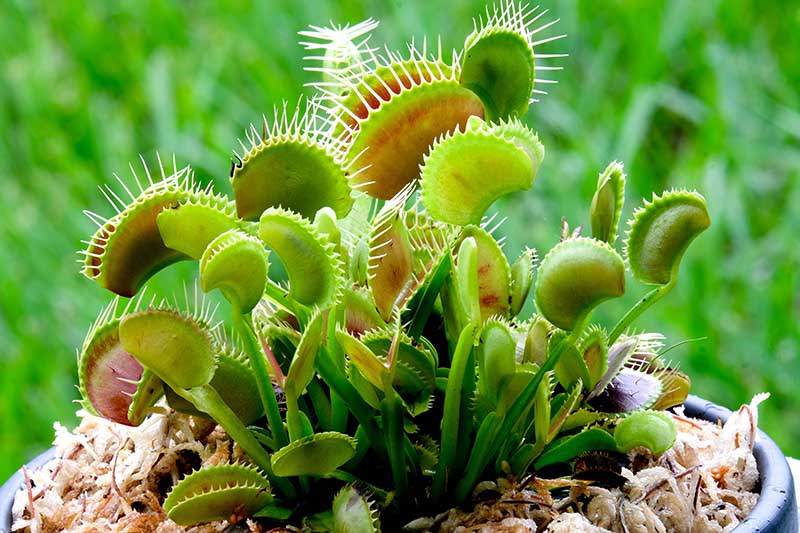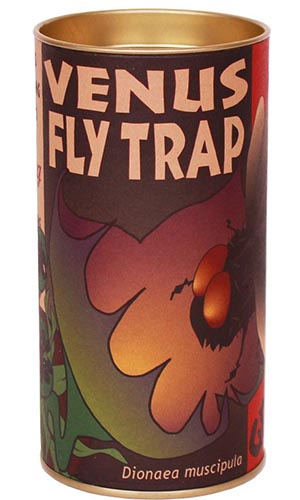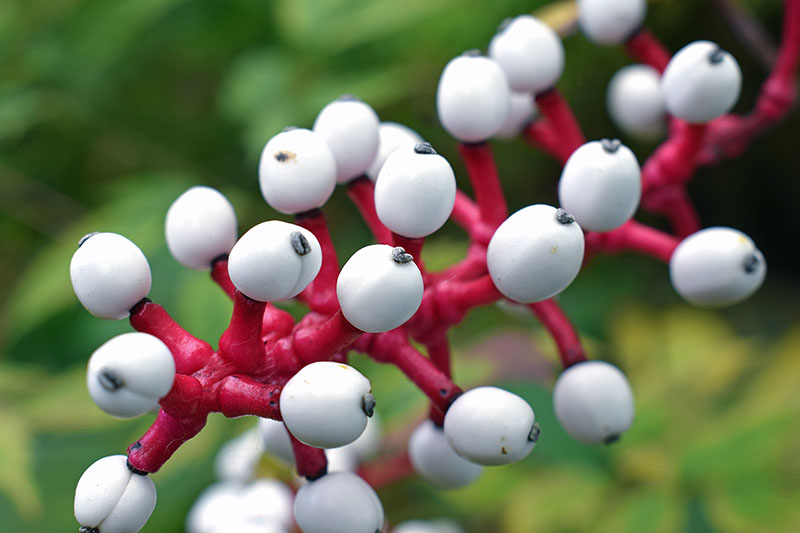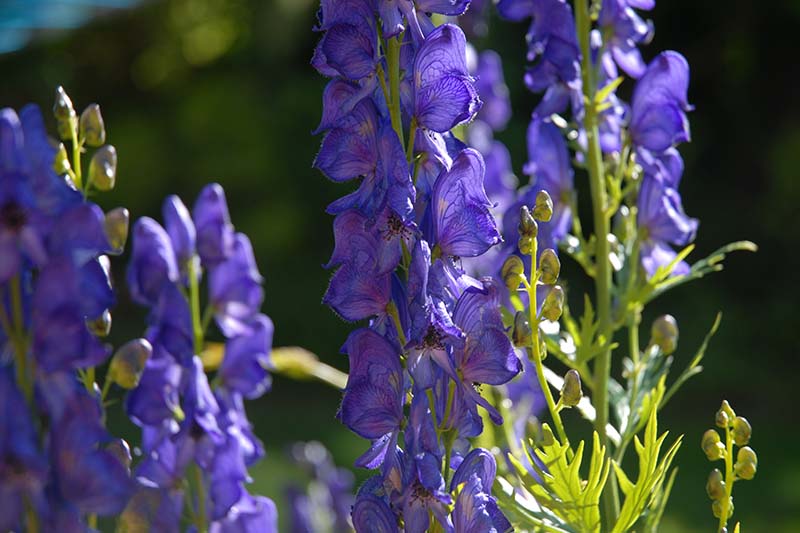Nature is full of plants with creepy colors, twisting vines, and spiky stems. Some devour whole insects or are viciously aggressive towards other plants, others are associated with bizarre history and scary stories. Take your decor up a notch this Halloween and try decorating your home and yard with a collection of spooky plants! We link to vendors to help you find relevant products. If you buy from one of our links, we may earn a commission.
Native to tropical rainforests in Southeast Asia, this plant will grow wild in shady areas with high humidity. Bat Flower And these incredible flowers can grow up to a foot wide, with whiskers up to 28 inches long!
2. Black Elephant Ears (Colocasia esculenta)
This striking tropical perennial has massive black and purple heart-shaped leaves that can grow to be a foot wide and reach three feet in length.
If you are looking for a striking display of darkness this Halloween, the cultivar ‘Black Magic’ is the way to go.
‘Black Magic’ Elephant Ears Hardy to Zones 8 and up, this plant can easily be grown indoors in colder zones as well – as long as you can find a spot with high humidity and indirect sunlight. Just keep this in mind: it can be massive! Bulbs are available at Eden Brothers.
3. Cobra Plant (Darlingtonia californica)
Also known as the California pitcher plant, this is a carnivorous plant that can grow up to three feet in height.
It has tubelike leaves that expand at the end like a hood, and the forked protuberances make them look like cobras with fangs out, ready to strike! Cobra Plant Try to grow this one if you dare. Recommended for experienced growers of carnivorous plants, it is finicky, requiring fairly specific growing conditions.
4. Cockscomb (Celosia cristata)
This easy-to-grow annual has showy, fuzzy, blood-red flowers that bear a striking resemblance to brains.
You can also find cultivars in pink, orange, yellow, green, and white. While they flower outdoors in late summer and early fall, they are also easy to grow indoors for your Halloween display!
‘Red Velvet Cake’ Celosia You can order seeds for ‘Red Velvet Cake,’ a cultivar with intense dark-red flowers, from Burpee. For detailed information on growing cockscomb, check out our full growing guide.
5. Corpse Flower (Amorphophallus titanum)
As its name suggests, this flower smells like death when it is in bloom. Some have described the scent as something akin to rotting meat or trash.
The disgusting scent is meant to imitate that of a dead animal, to attract pollinators such as dung beetles and flesh flies that normally feed on rotting flesh. Corpse Flower
6. Devil’s Walking Stick (Aralia spinosa)
In addition to its spooky name, this large deciduous shrub is armed with sharp spiky stems, leaf stalks, and branches, and topped with a crown of giant compound leaves. It produces clusters of dark purple or black berries in the fall.
It may look otherworldly, but it is native to much of eastern North America, growing naturally in disturbed areas along the edges of forests. Devil’s Walking Stick Devil’s walking stick is easy to transplant or propagate by division.
7. Ghost Plant (Monotropa uniflora)
Also known as Indian pipe or corpse plant, this scary succulent contains no chlorophyll, causing it to appear totally white in color.
Because it doesn’t need light to grow, it can survive in even the darkest of places. What’s more, it is parasitic, stealing nutrients from neighboring plants through its roots. Since it is not able to photosynthesize, it is dependent on specific fungi, trees, and decaying plant matter in the soil to live. It can be found growing in the wild in damp, cool soils, often near beech trees. Though difficult to replicate its growing conditions at home, you may find it pop up naturally in dark woody areas where the soil is rich and moist. Ghost plants play an important role in healthy forest ecosystems, so it’s best to leave them be and enjoy them from afar!
8. Halloween Pansies (Viola x wittrockiana)
If you are looking for something dark and mysterious to plant outdoors this fall, these black pansies are sure to create a stunning and spooky ambiance.
Pansies are cold-hardy annuals that work well both outside in the garden, and in indoor pots and window boxes.
‘Halloween’ Pansy ‘Halloween’ pansies feature midnight black petals with bright yellow centers that are dotted with just a hint of purple. You can find seeds in packs of 500 available from True Leaf Market. Learn more about growing pansies here.
9. Marigolds (Tagetes patula)
Who doesn’t love some fuzzy orange marigolds to bring some color to the fall garden?
While perhaps not the most scary or bizarre of flowers, these cold-hardy favorites are a great choice to add some Halloween orange to the garden and your fall flower arrangements. Plant them interspersed with black pansies for a real Halloween color display! Marigolds are also a traditional flower in Day of the Dead celebrations, used to decorate graves and alters honoring deceased loved ones. It is believed that the sun-like color and strong fragrance of marigolds helps to guide the spirits back to visit with their living relatives.
Sparkly Mix Marigolds You can find a Sparkly Mix available from Eden Brothers that features a long-blooming spectacular show of orange, red, and yellow flowers with characteristic wavy marigold petals.
10. Shameplant (Mimosa pudica)
This creeping plant from the legume family, also known as sensitive plant, features delicate pink pom-pom-like one-inch blooms, and is best known for its bizarre defense mechanism of quickly shriveling up its leaves when touched. The foliage also closes up during periods of darkness, reopening again when exposed to light. Due to its unique response to being touched, it has been used for experiments to study plant habituation.
Shameplant aka Sensitive Plant Though this tropical weed can be grown outdoors as an annual in USDA Hardiness Zones 2 to 8, be warned that it can spread aggressively, so you may want to consider planting it in containers. It is easy to grow indoors in a spot that has access to light and warmth year round. Seeds to grow this interactive plant at home are available from True Leaf Market.
11. Venus Flytrap (Dionaea muscipula)
Like something out of the Little Shop of Horrors, this carnivorous plant lures unsuspecting insects with sweet nectar, snapping shut in a split second to form a cage around its prey with its interlocking teeth.
The victim is then dissolved by digestive enzymes as it struggles to escape. Thankfully, these plants are small. So far as we know, none have developed a taste for humans!
Venus Flytrap Grow Kit You can order a venus flytrap kit from True Leaf Market. Each kit comes with a mini greenhouse, growing medule, high-germination seeds, and step-by-step instructions on how to grow these vicious plants. Read more about growing venus flytrap plants here.
12. White Baneberry/Doll’s Eyes (Actaea pachypoda)
This North American native is a popular garden plant, featuring clusters of white berries with dark spots that resemble pupils, giving the unsettling appearance of a doll’s eye.
And beware: all parts of this plant are highly toxic to humans, as well as many animals! White Baneberry This perennial can be grown easily in the home garden. Sow seeds in late fall in moist, well-draining soil in a part-shade location. You can read more about growing baneberry shrubs here.
13. Wolfsbane (Aconitum napellus)
So named because it has a history of use for killing wolves and other carnivores, this alluring flower is incredibly toxic.
It may seem innocent enough, with its beautiful lobed purple flowers, but it contains deadly poison. It also has a dark and twisted history of use, from Ancient Rome, where it was used to do away with enemies, to Nazi Germany, where scientists used chemicals from the plant to make poison bullets. It is so dangerous, in fact, that wearing gloves is recommended when handling the flowers. If you do grow this plant, take great caution to keep it away from children and pets.
A Boo-tiful Display
This list just scratches the surface of all the weird and bizarre plants that are out there. Hopefully this roundup has inspired you to get creative and add some life to your Halloween decorations this year!
What plants do you like to grow for Halloween? Tell us about your favorites in the comments below. And feel free to share your scary plant pictures! And if you are looking for further inspiration, check out these articles for more Halloween decorating ideas next:
How to Choose the Best Halloween Pumpkins to Grow in Your Garden 9 Quick Tips to Make Jack-O’-Lanterns Last Spice Up Your Garden with Fall Garden Decor: Decorating Ideas for Autumn
© Ask the Experts, LLC. ALL RIGHTS RESERVED. See our TOS for more details. Product photos via Burpee, Eden Brothers, Roundstone Native Seed, Seedville, Toyensnow, and True Leaf Market. Uncredited photos: Shutterstock.
